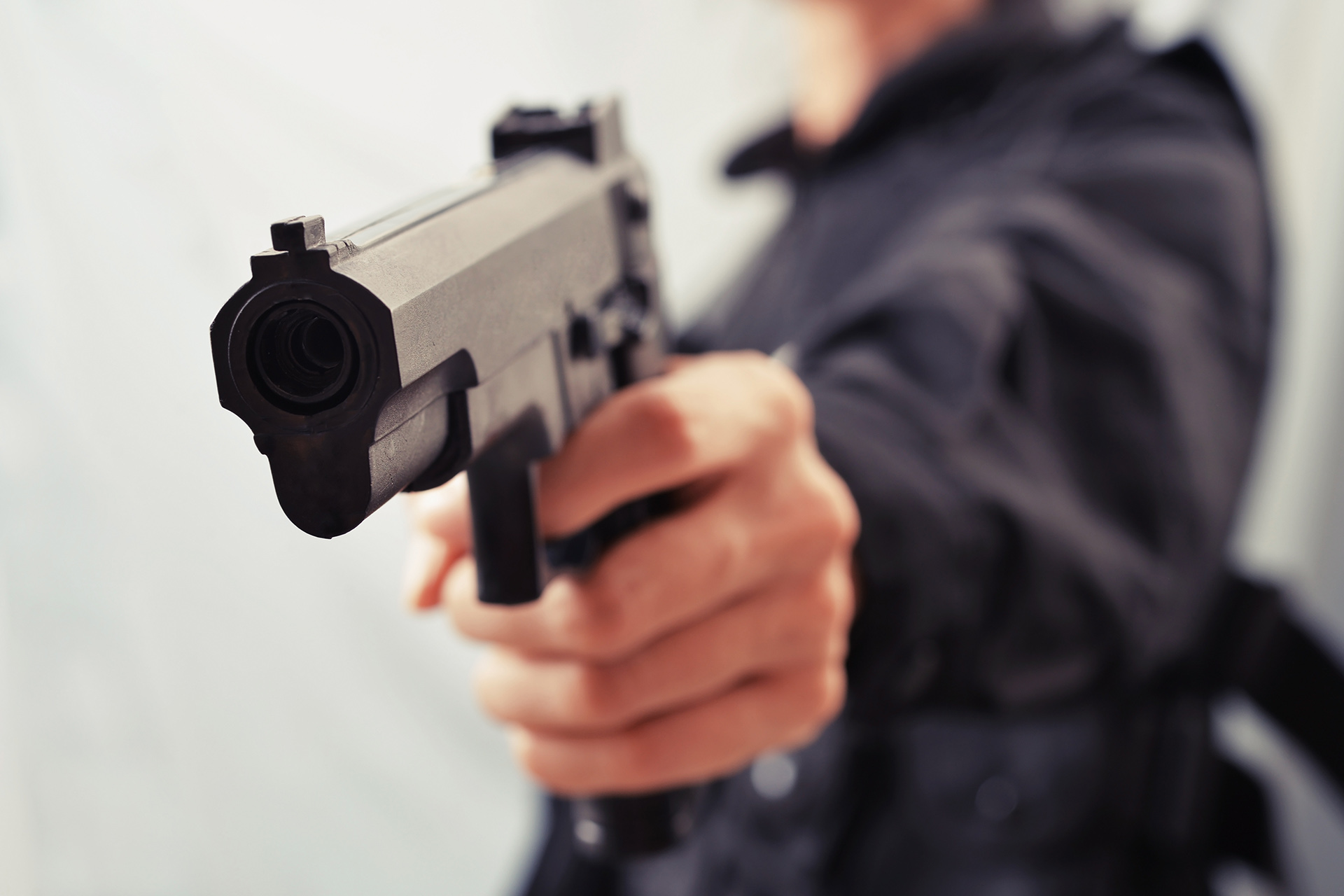The American newspaper "The New York Times" and the Canadian newspaper "Obscura Atlas" published reports on the life of Silvia Raphael, the Israeli intelligence agent - Mossad - who hid behind her work as a photographer for a French news agency, and photographed a number of events of Arab leaders and an organization Palestine Liberation Organization in the sixties and participated in the Israeli assassinations of Palestinian personalities.
The New York Times published a report on her on the occasion of presenting her photography work today, Tuesday, for the first time, at the Yitzhak Rabin Center in Tel Aviv, after it had been for many decades imprisoned in the Mossad archives.
The New York Times report commented on Rafael's photo gallery as opening a window into her double life, being a spy and a photographer.
Immigration to Israel
Raphael was born in 1937 in South Africa to a Jewish father and a non-Jewish mother, which means that she was not Jewish under Jewish religious law.
However, she developed a strong devotion to the Jews and immigrated to Israel and began working as a teacher.
She soon caught the attention of the Mossad, which was constantly looking for potential agents who did not appear to be Israeli.
The New York Times quoted Moti Kfir, who was the commander of the Mossad's covert operations academy at the time Rafael was recruited and trained there, as saying, "She was a special person. She had a wonderful talent for making connections with anyone and making him feel like she was his best friend." .
Cover-up story
According to Kfir, Raphael had taken a crash course in photography with one of Israel's leading photojournalists.
Subsequently, a European Jewish businessman sent her file with a good recommendation to the DALMAS agency in Paris to accept the "rising talent" for work experience.
Kfir said, "This is how the story of the cover-up was formed; you live in Paris, and from there you go on missions in Djibouti, Jordan or Lebanon."
The New York Times report quoted Ilan Schwartz - one of the curators of the exhibition, who was the first to search for the group - as saying, "I was fascinated by her story ... she was a woman who opposed the established traditions at a very young age, and agreed to sacrifice a lot."
Schwartz added, "I never imagined for a moment that we would find such a level of photography and this talent, until we opened the bag."
A talent for photography
The report indicated that although Raphael's work as a photographer was just a cover for her espionage activity, the photos she took during her years with the French Dalmas Agency for Photography, according to what the exhibition organizers say, show a great talent.
The hundreds of photos include regional leaders such as Egyptian President Gamal Abdel Nasser and his successor Anwar Sadat, unaware that they are being photographed by a Mossad agent.
Other images show scenes of floods in Yemen and social unrest in Djibouti, as well as daily life in countries, such as Lebanon and Jordan, that would have been off-limits to any Israeli, let alone a Mossad agent.
Some of her photos are still classified
The photographs document the missions that Ms. Raphael worked on from 1965 to 1971. Some of the photographs are still classified as top secret by the Mossad and have been removed from the exhibition.
The report said that Raphael managed to approach the late King Hussein of Jordan, who invited her to his home to photograph him and his family, including Prince Abdullah, the current king.
The Mossad did not allow the publication of the photos from that trip, but it did allow the publication of photos documenting the Egyptian presidents Nasser and Sadat, which is evidence of how close the Mossad was to the two Egyptian leaders, who had feared for years that Israel would try to assassinate them.
penetration of Fatah camps
Rafael was also, according to the report, infiltrated Fatah training camps in 1965, when senior officials in the organization were a target of the Mossad.
One of the photos of her visit to the Fatah camps is on display at the exhibition in Tel Aviv.
That photo, Schwartz said, shows "the burning look in the eyes of the boys who mobilized for Yasser Arafat's speech."
Attempted assassination of Ali Salameh
For its part, the Canadian newspaper Atlas Obscura stated - in a report in June 2015 - that Raphael helped assassinate some Palestinians, but when she was assigned to participate with the team that spoiled the assassination of Ali Hassan Salameh - one of the leaders of the "Black September" organization that organized the operation The Munich Olympics that ended with the murder of 11 Israeli athletes - she ended up in a Norwegian prison, and suddenly she became one of the most notorious Mossad agents in history.
The newspaper added that - during the implementation of the Salama assassination in Oslo - it became clear that the man they shot was not the Palestinian leader, and Raphael and her colleagues were arrested, and she was eventually sentenced to more than 5 years in prison on charges of involvement in a murder, and she died in 2005.

